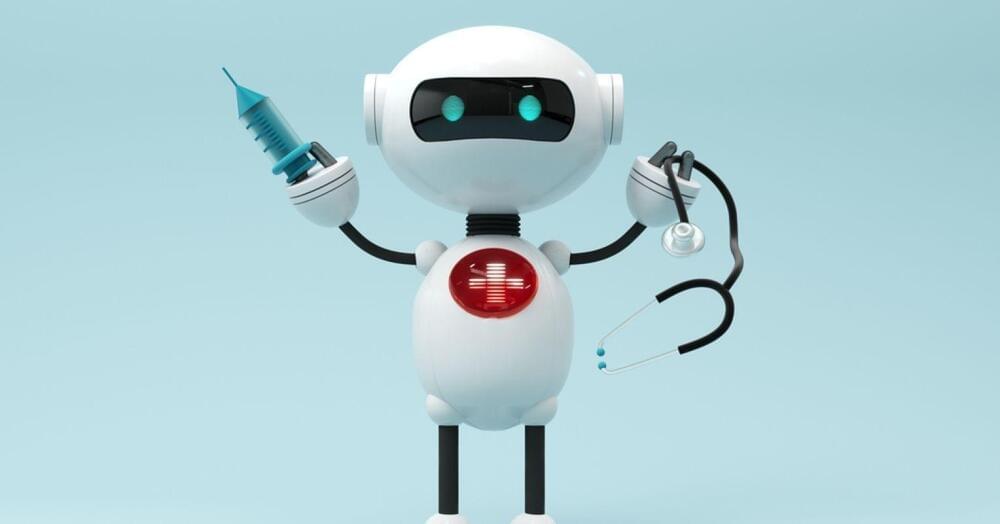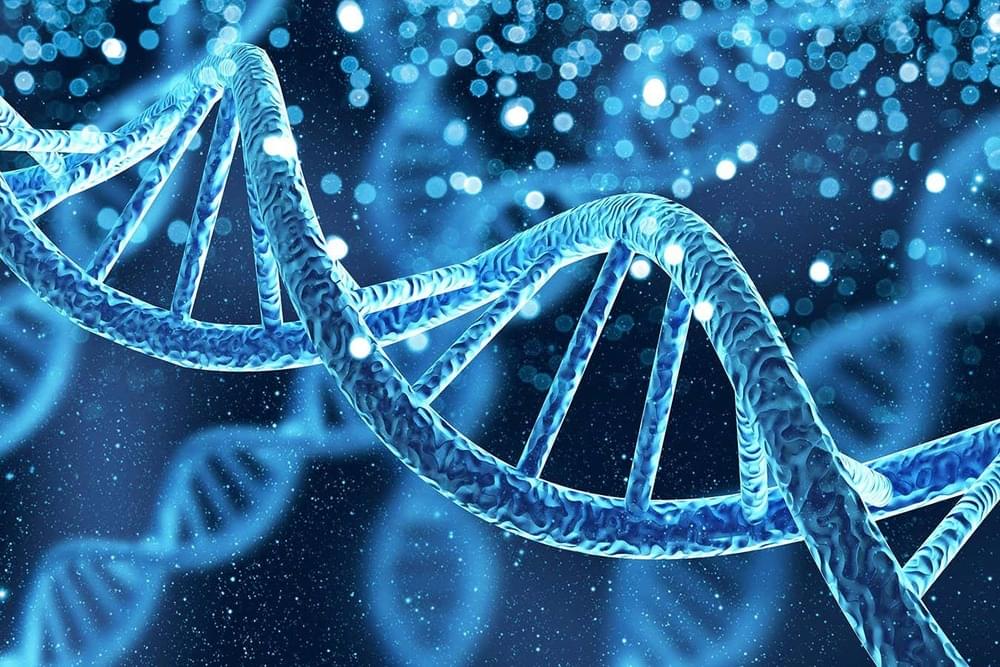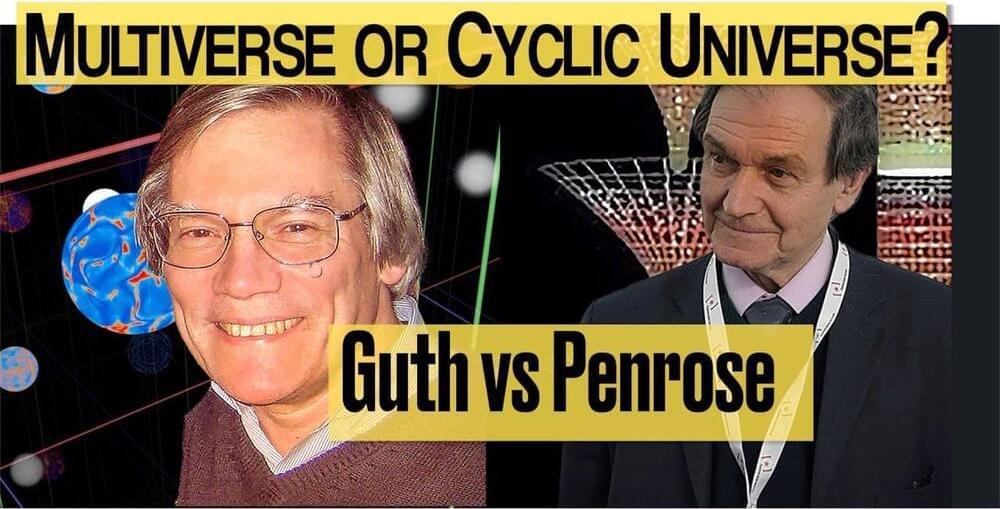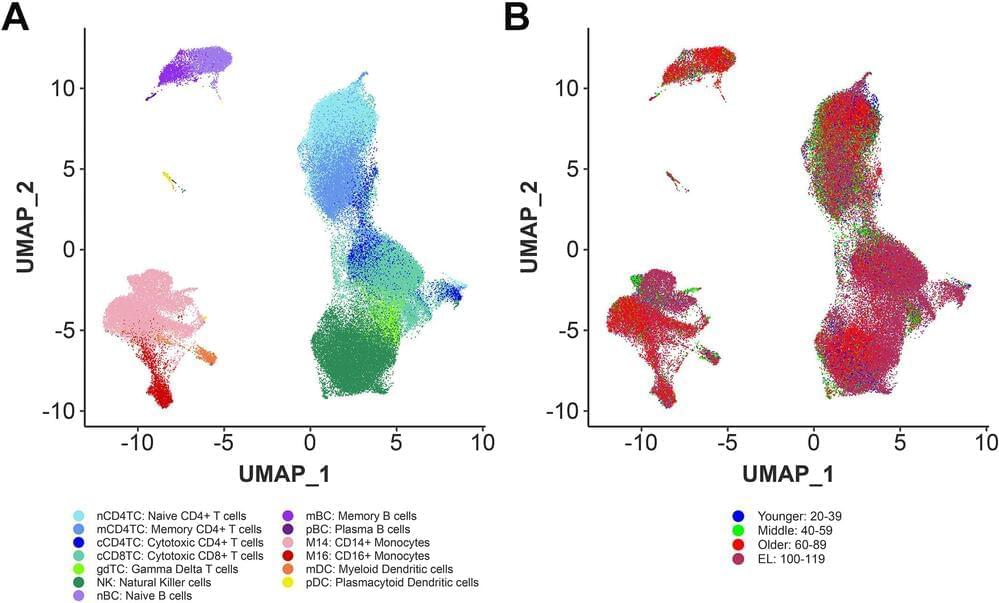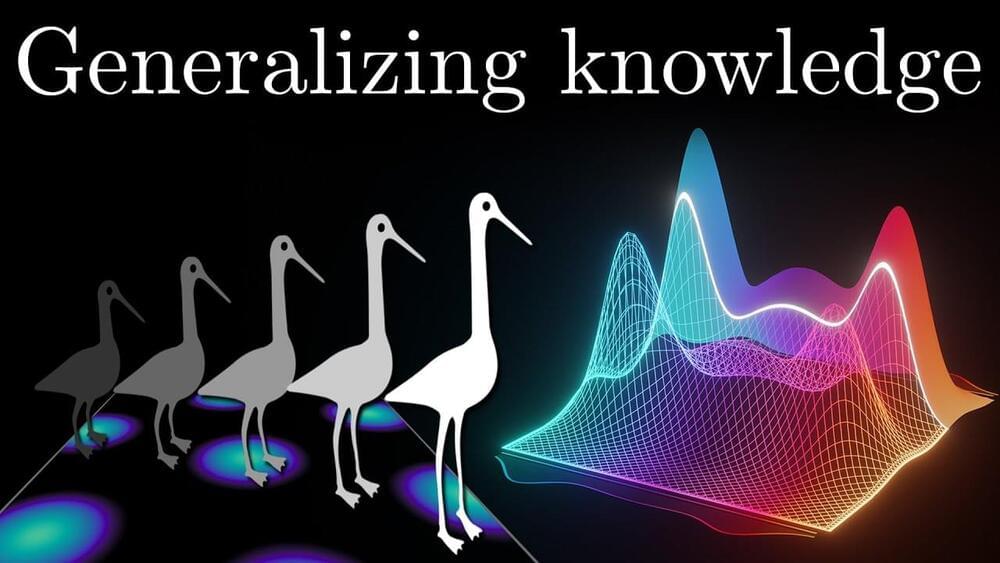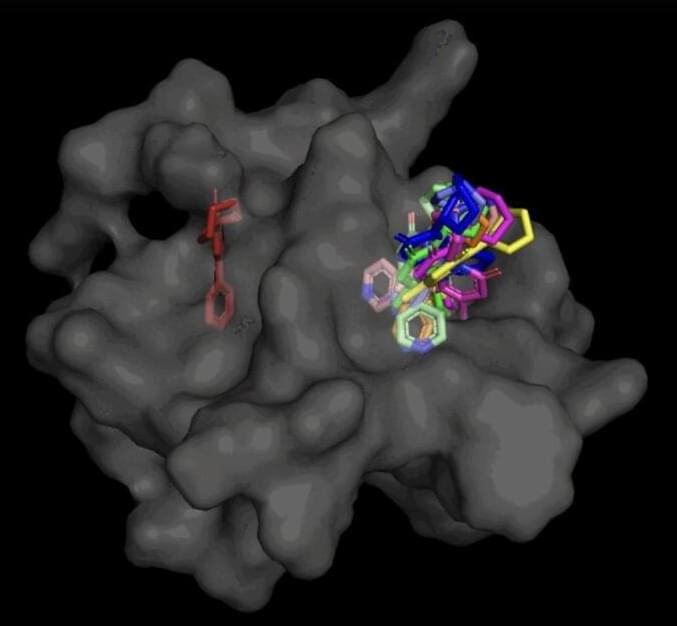The good, the bad, and the really awful.
Simple calculations, such as factoring low numbers, can be made by mixing together differently shaped strands of DNA
It is interesting to watch SpaceX continue to massively expand, with the goal of going from 61 launches last year to 100 launches this year.
SpaceX’s old record for a month was 7 launches, but in March they completed 8 launches, and almost did 9 but their latest launch had technical difficulties, and the closest they got to launch during the past two days was an abort with 2 seconds to go. They will try a 3rd time to launch this rocket tomorrow.
If SpaceX could do 9 launches/month, that would be 9 12 = 108 launches/year, or enough to meet their goal of 100 launches.
With Starlink now being profitable, they have a big incentive to launch as often as possible. The more they launch, the more they make!
SpaceX is now scheduled to launch a batch of 10 communications and missile tracking satellites on the Tranche 0 Flight 1 mission for the Space Development Agency (SDA) on Saturday, April 1, 2023. A first attempt on Thursday was aborted at T-3 seconds.
face_with_colon_three year 2022.
AdS/CFT Proves Its Usefulness
One of the first uses of AdS/CFT had to do with understanding black holes. Theoreticians had long been grappling with a paradox thrown up by these enigmatic cosmic objects. In the 1970s Stephen Hawking showed that black holes emit thermal radiation, in the form of particles, because of quantum mechanical effects near the event horizon. In the absence of infalling matter, this “Hawking” radiation would cause a black hole to eventually evaporate. This idea posed a problem. What happens to the information contained in the matter that formed the black hole? Is the information lost forever? Such a loss would go against the laws of quantum mechanics, which say that information cannot be destroyed.
A key theoretical work that helped tackle this question came in 2006, when Shinsei Ryu and Tadashi Takayanagi used the AdS/CFT duality to establish a connection between two numbers, one in each theory. One pertains to a special type of surface in the volume of spacetime described by AdS. Say there’s a black hole in the AdS theory. It has a surface, called an extremal surface, which is the boundary around the black hole where spacetime makes the transition from weak to strong curvature (this surface may or may not lie inside the black hole’s event horizon). The other number, which pertains to the quantum system being described by the CFT, is called entanglement entropy and is a measure of how much one part of the quantum system is entangled with the rest. The Ryu-Takayanagi result showed that the area of the extremal surface of a black hole in the AdS is related to the entanglement entropy of the quantum system in the CFT.
That means that these two people will say that the state of reality is different – they’d have different facts about where the particle is.
There are may other oddities about quantum mechanics, too. Particles can be entangled in a way that enables them to somehow share information instantaneously even if they’re light years apart, for example. This challenges another common intution: that objects need a physical mediator to interact.
Physicists have therefore long debated how to interpret quantum mechanics. Is it a true and objective description of reality? If so, what happens to all the possible outcomes that we don’t measure? The many worlds interpretation argues they do happen – but in parallel universes.
Do we live in a multiverses or a cyclic universe? Most cosmologists today accept the universe underwent a very rapid period of expansion called inflation. But inflation seems to lead to an infinite multiverse. Not everyone is happy with this multiverse ; and some cosmologists have sought alternatives to inflation. These alternative schemes are often cyclic. The chief proponent of one such cyclic model is 2020 Nobel Prize Winner Sir Roger Penrose. In this video the father of inflation Alan Guth and Sir Roger discuss the pros and cons of the inflationary multiverse versus Sir Roger’s Conformal Cyclic Universe.
We highly recommend watching our film on eternal inflation with Alan Guth and colleagues.
and our film on CCC with Roger Penrose and colleagues.
https://www.youtube.com/watch?v=FVDJJVoTx7s.
and other films in our Before the Big Bang Series which features Stephen Hawking, Alex Vilenkin and others.
An exploration of 10 Strange Ways Time Travel Could Be Possible without violating the laws of Relativity.
My Patreon Page:
https://www.patreon.com/johnmichaelgodier.
My Event Horizon Channel:
https://www.youtube.com/eventhorizonshow.
Music:
There are approximately 30 trillion cells in a human body and our health is predicated on them properly interacting with and supporting each other, with the immune system playing a particularly pivotal role. One of the defining characteristics of aging is a decline in the proper functioning of our immune system. Centenarians, a rare population of individuals who reach 100 years or more, experience delays in aging-related diseases and mortality which suggests their immune systems remain functional into extreme old age.
Led by researchers from Boston University Chobanian & Avedisian School of Medicine and Tufts Medical Center, a new study finds centenarians harbor distinct immune cell type composition and activity and possess highly functional immune systems that have successfully adapted to a history of sickness allowing for exceptional longevity. These immune cells may help identify important mechanisms to recover from disease and promote longevity.
“Our data support the hypothesis that centenarians have protective factors that enable to recover from disease and reach extreme old ages,” said lead author Tanya Karagiannis, Ph.D., senior bioinformatician, Center for Quantitative Methods and Data Science, Institute for Clinical Research and Health Policy Studies at Tufts Medical Center.
To try everything Brilliant has to offer—free—for a full 30 days, visit http://brilliant.org/ArtemKirsanov/
The first 200 of you will get 20% off Brilliant’s annual premium subscription.
My name is Artem, I’m a computational neuroscience student and researcher. In this video we talk about cognitive maps – internal models of outside world that the brain to generate flexible behavior that is generalized across contexts.
Patreon: https://www.patreon.com/artemkirsanov.
Twitter: https://twitter.com/ArtemKRSV
OUTLINE:
00:00 — Introduction.
02:08 — Edward Tolman.
03:48 — Zoo of neurons in hippocampal formation.
06:40 — Non spatial mapping.
08:21 — Graph formalism.
12:21 — Latent spaces.
17:22 — Factorized representations.
21:51 — Summary.
24:47 — Brilliant.
26:19 — Outro.
REFERENCES (in no particular order):
1. Behrens, T. E. J. et al. What Is a Cognitive Map? Organizing Knowledge for Flexible Behavior. Neuron 100490–509 (2018).
2. Constantinescu, A. O., O’Reilly, J. X. & Behrens, T. E. J. Organizing conceptual knowledge in humans with a gridlike code. Science 352, 1464–1468 (2016).
3. Aronov, D., Nevers, R. & Tank, D. W. Mapping of a non-spatial dimension by the hippocampal–entorhinal circuit. Nature 543719–722 (2017).
4. Whittington, J. C. R., McCaffary, D., Bakermans, J. J. W. & Behrens, T. E. J. How to build a cognitive map. Nat Neurosci 25, 1257–1272 (2022).
5. Whittington, J., Muller, T., Mark, S., Barry, C. & Behrens, T. Generalisation of structural knowledge in the hippocampal-entorhinal system.
CREDITS:
MIT researchers built DiffDock, a diffusion generative model that could potentially find new drugs faster than traditional methods and reduce the potential for adverse side effects.
